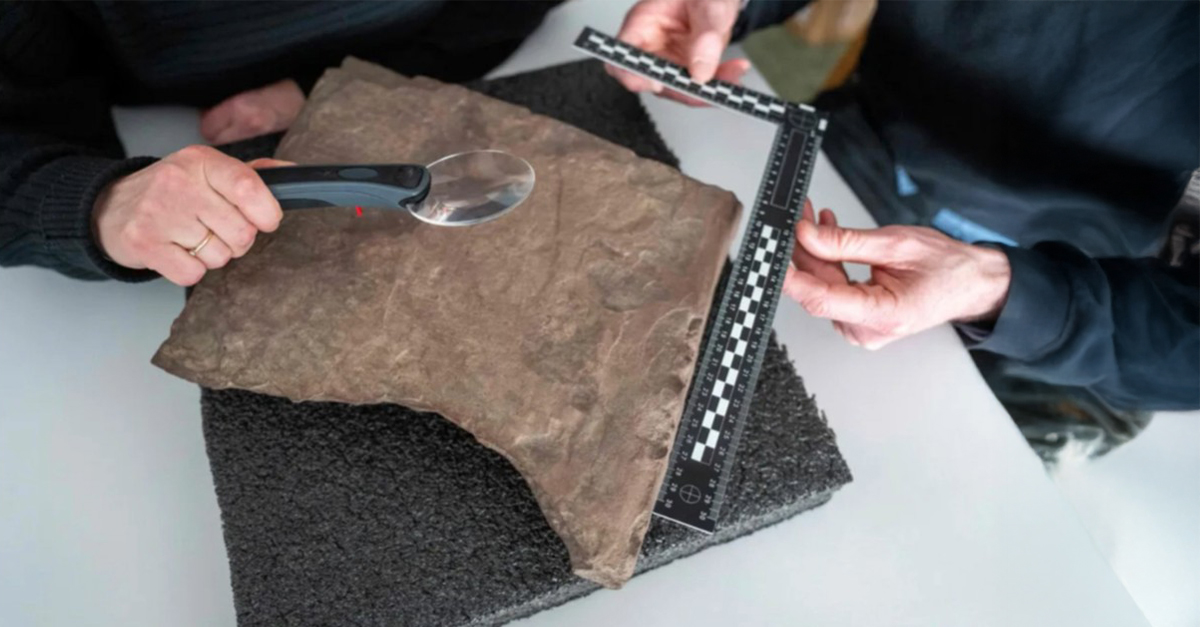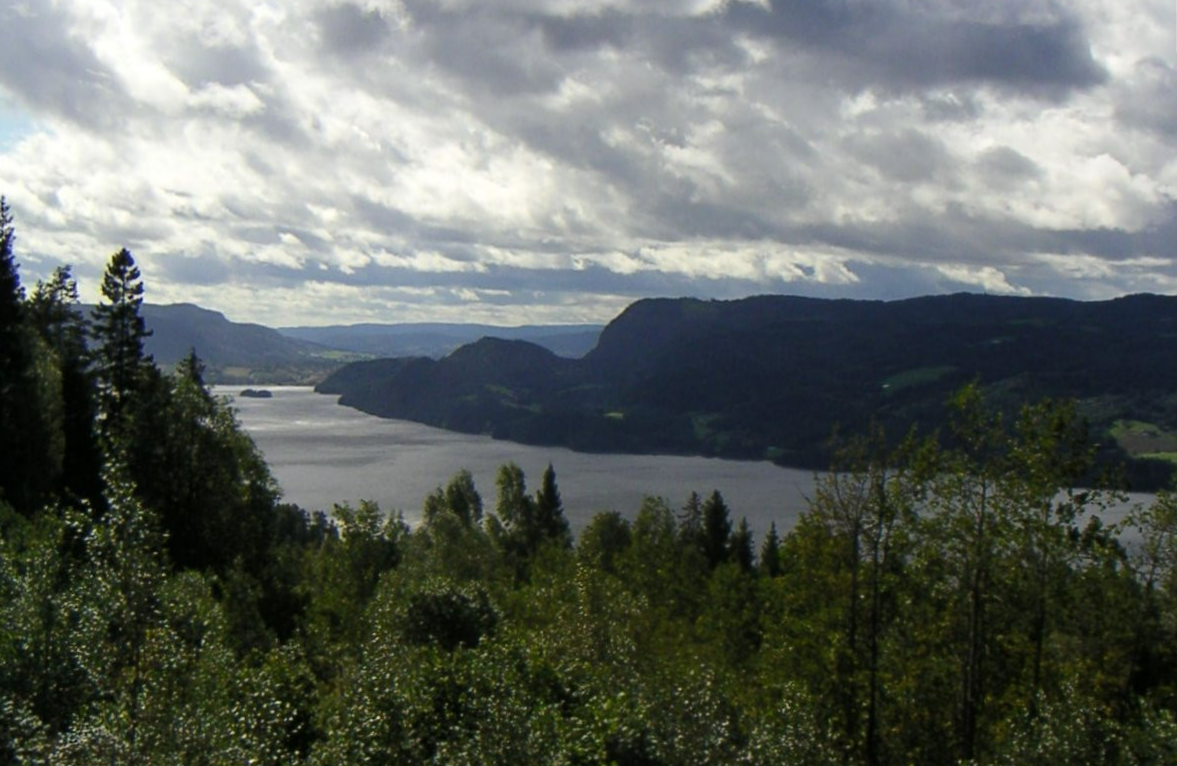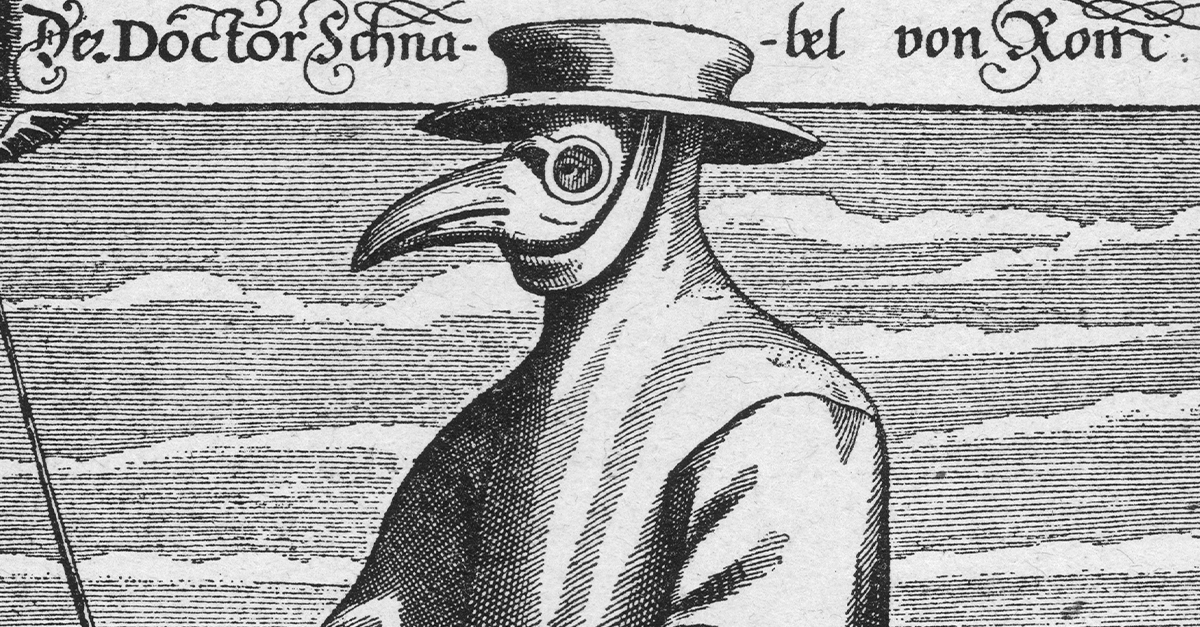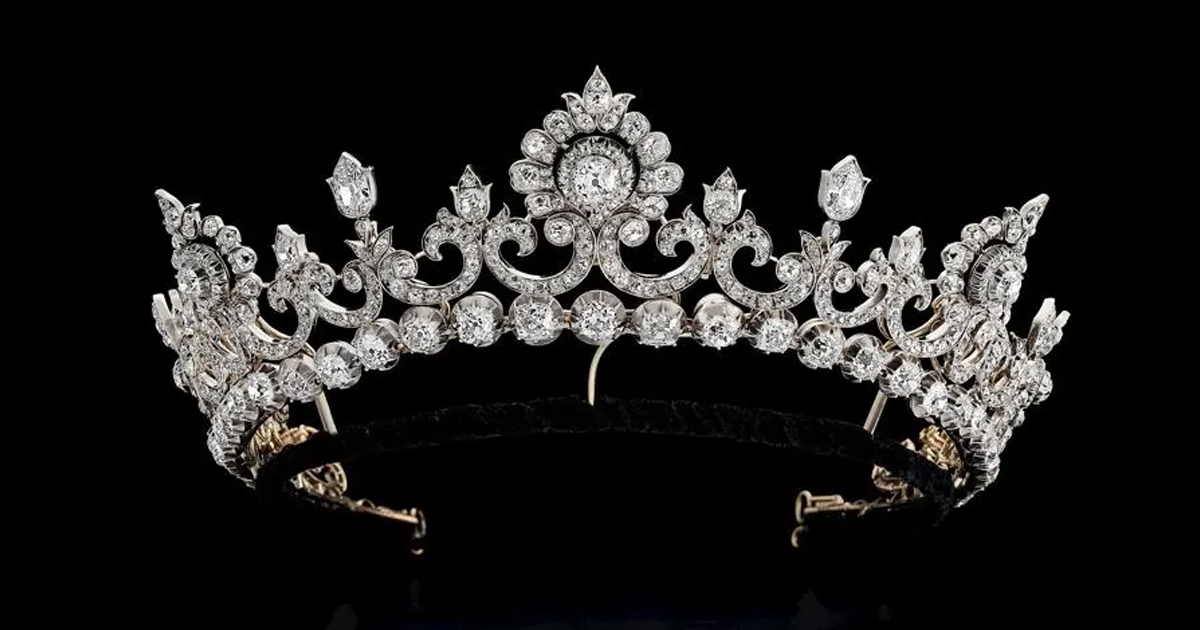In 2021, archaeologists with the University of Oslo uncovered a remarkable find near Tyrifjorden, west of Oslo: the Svingerud Runestone, a brownish sandstone block engraved with runes, dated between 1 and 250 AD. The oldest datable runestone currently known, it predates Viking-era inscriptions by centuries.
Context Of The Discovery
Dug up during autumn 2021 at the Svingerud grave field, the runestone was found in a Roman Iron Age burial mound along with cremated remains and charcoal. Radiocarbon dating of these grave materials placed the inscription within the first three centuries AD. This makes it easily the earliest known runestone created in a funerary context.
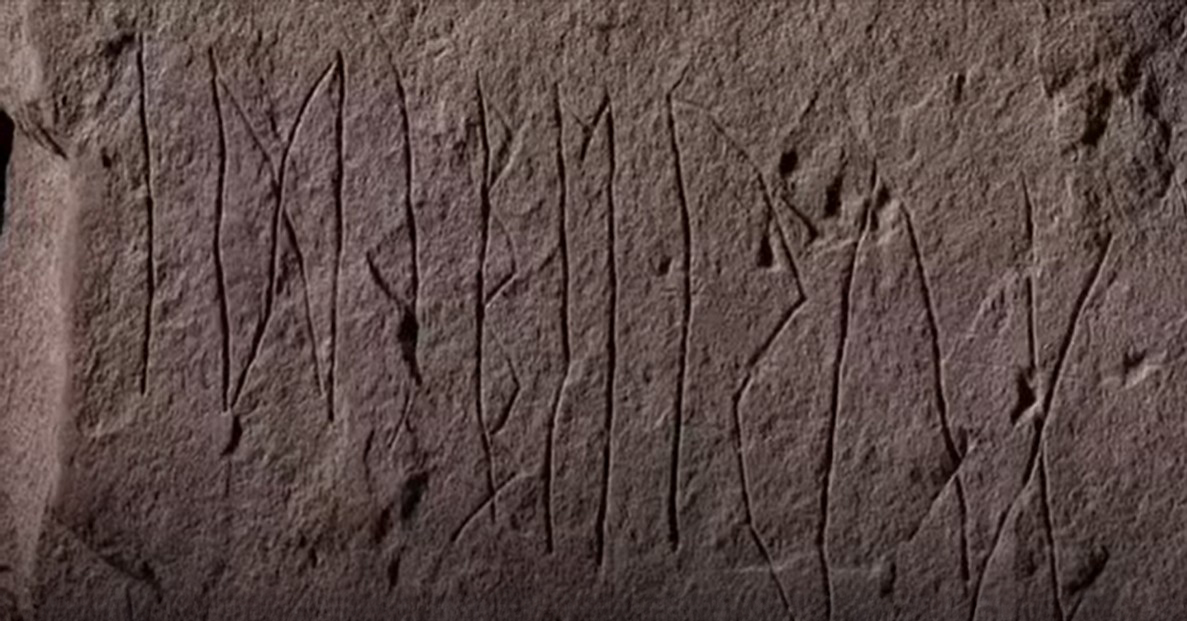 Discovery of the ‘world's oldest rune stone’ in Norway is 2,000 years old, Hidden History, YouTube
Discovery of the ‘world's oldest rune stone’ in Norway is 2,000 years old, Hidden History, YouTube
Details Of The Inscription
Measuring roughly 31 × 32 cm, the stone bears eight runes reading “Idiberug,” or “Idibera,” likely somebody’s family name. Other rune-like marks may be decorative or undeciphered carvings. The crude engraving method (using a knife or needle) is the telltale sign of early experimentation with the runic script.
Insight Into Early Runic Use
The discovery pushes back the timeline of stone runic inscription by centuries. Prior to this, the earliest stones dated from around 300 AD; the Svingerud Runestone reveals that carving runes on stone was already well underway in Roman Iron Age Scandinavia. It’s rock-solid evidence that people employed runic writing far earlier than many historians ever dreamt.
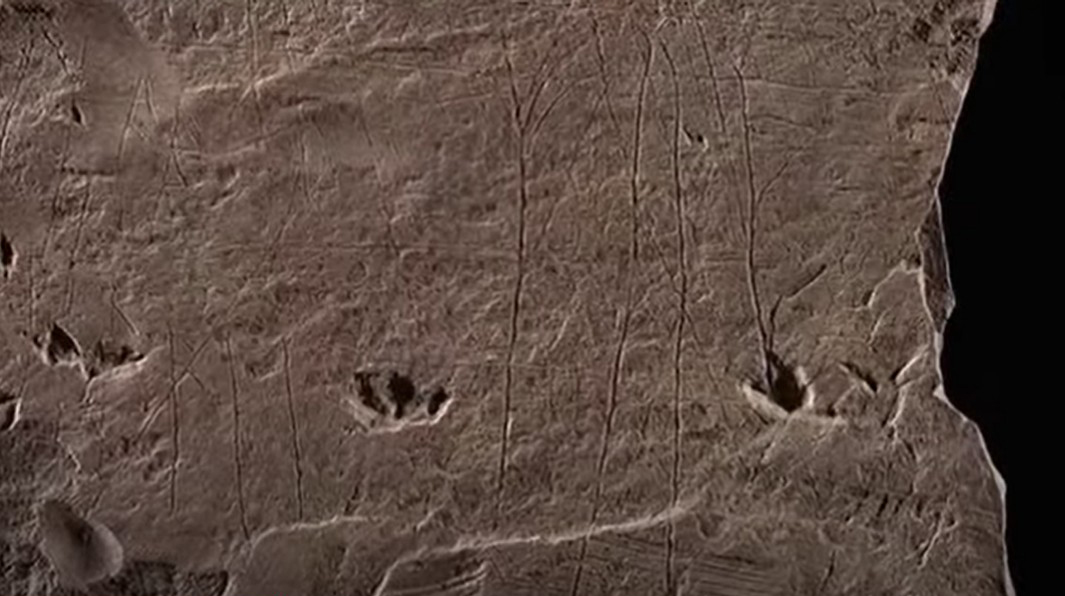 Discovery of the ‘world's oldest rune stone’ in Norway is 2,000 years old, Hidden History, YouTube
Discovery of the ‘world's oldest rune stone’ in Norway is 2,000 years old, Hidden History, YouTube
Deep Roots Of Viking Culture
While Viking Age runestones (9th–12th centuries CE) like Sweden’s Uppland stones are far more numerous, the Svingerud stone shows beyond a doubt that the tradition of inscribing runes on stone was going on long before the Viking expansion. It sets the tone for the early development of runic culture that would sweep across the northern lands in later centuries.
The Everyday And The Ceremonial
Researchers believe the stone served dual purposes, both ritualistic as part of a graveside ceremony and practical, preserving names and messages on durable material. This foresees Viking usage of runestones for memorials, marking out territory, and telling stories, showing continuity across a millennium.
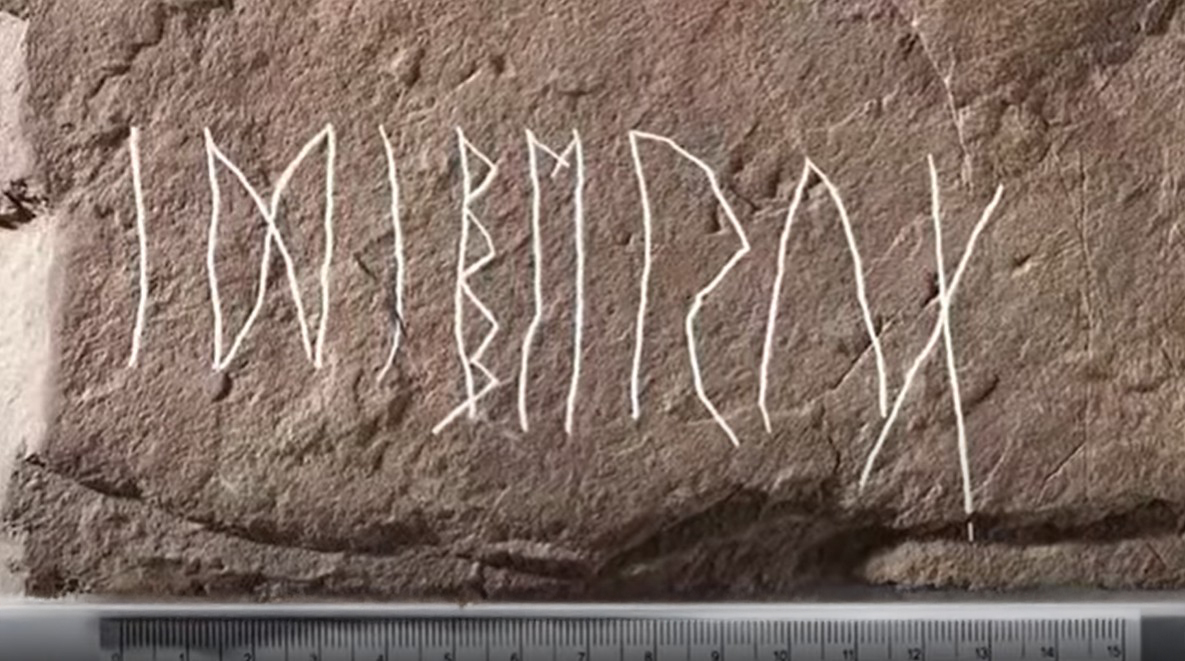 Discovery of the ‘world's oldest rune stone’ in Norway is 2,000 years old, Hidden History, YouTube
Discovery of the ‘world's oldest rune stone’ in Norway is 2,000 years old, Hidden History, YouTube
Putting It All Together
From 2021 to 2023, the fragments were painstakingly extracted and put together like a jigsaw puzzle. Runologist Kristel Zilmer described it as “the dream of all runologists,” since such early artifacts are so incredibly rare. The joint effort speaks to the need for multidisciplinary analysis: archaeology, runology, and radiocarbon dating combined.
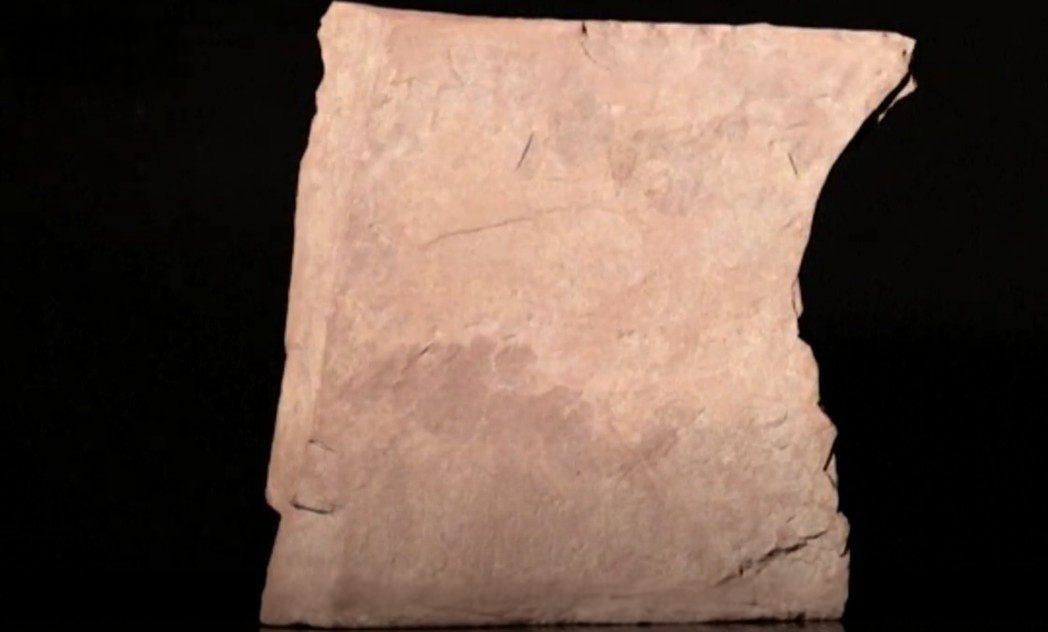 World's oldest runestone found in Norway, News of the World, YouTube
World's oldest runestone found in Norway, News of the World, YouTube
Broader Significance For Scandinavian History
The Svingerud Runestone certainly adds to our understanding of Proto-Norse writing and identity. It confirms that carving runes on stone wasn’t just a Viking practice, but came out of more ancient traditions. The stone’s inscriptions illuminate the long evolution of runic writing and stone-carving across centuries.
The Quest To Find More Runestones
Scholars believe deeply that we can track down more early runic inscriptions in burial sites and landscape contexts. Comparing the Svingerud Runestone with artifacts of the same time period puts the regional variations of runic usage into stark relief. Not only that, but tracing later Viking-runestones confirms the lineages of commemorative inscription traditions.
Inscribed Across Time Immemorial
The Svingerud Runestone is a great leap forward in our unceasing drive to comprehend runic archaeology. As the world’s oldest datable runestone, it exposes the deep roots of runic lore, long before the Viking Age. It bridges a critical gap in Scandinavian cultural history between Iron Age communication to medieval Viking culture.
You May Also Like:
The Disappearance Of Rome's Ninth Legion: Marching Through The Mists Of Time
These Primitive Rock Carvings Suggest Humans Did Coexist With Dinosaurs
The Fra Mauro Map: The Google Earth of the Medieval World
Sources: 1, 2, 3, 4, 5, 6, 7, 8

